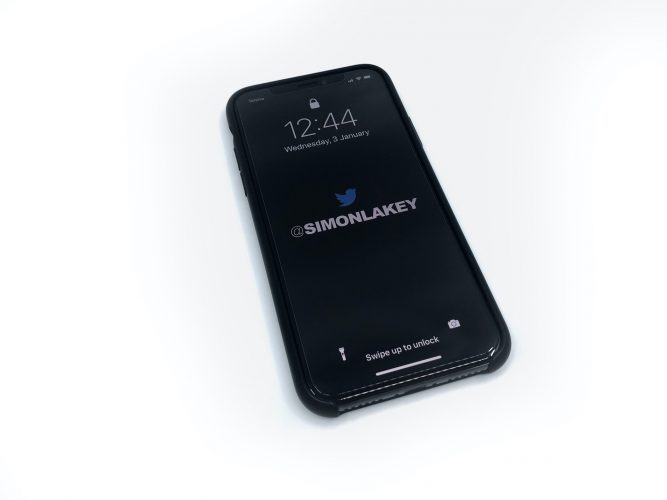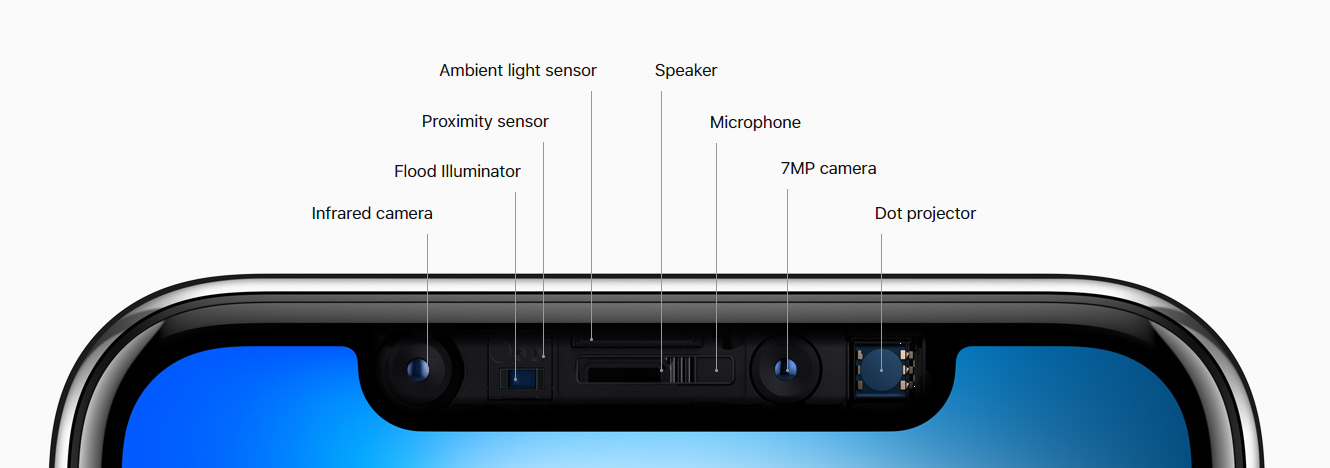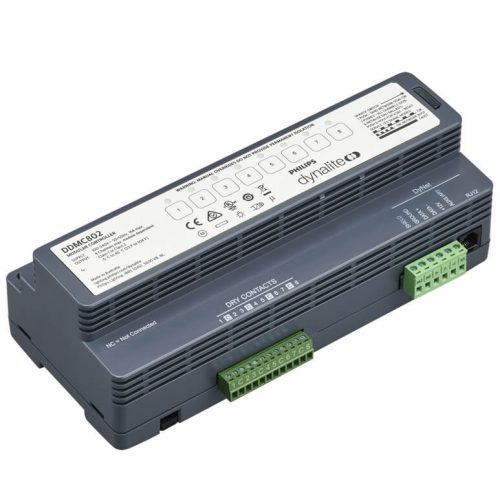
The Philips Dynalite DDMC802 provides up to eight configurable output channels, controlled by up to four interchangeable control modules. A selection of control modules is available for a variety of load types.
- Single controller solution – Control a variety of load types from one device.
- Four module bays – Accommodates any combination of up to four single modules or two double-size modules.
- Flexible mounting solution – A DIN-rail mountable device, designed to be installed into the distribution board supplying power to the controlled circuit.
- Leading edge phase control dimmer module (DGLM105/202/402): Suitable for use with incandescent lamps and some types of dimmable electronic transformers.
- Trailing edge phase control dimmer module (DGTM104/202/402): Suitable for use with most types of dimmable electronic transformers.
- Signal dimmer control module (DGBM200) Suitable for 1-10 V, DSI and DALI Broadcast control of digital drivers and transformers.
- Relay control module (DGRM204): Suitable for controlling most types of switched loads.
- Fan control module (DGFM102): 400 VA three-speed fan control.
- Curtain control module (DGCM102): Provides control of curtains, blinds and other motorized window treatments.
Buy multipurpose modular controller…
DDMC802 Multipurpose modular controller
Add modules…
DGFM012 1x 2A Fan control module
DGCM102 1x 2A Curtain control module
DGRM204 2x 4A Replay module
DGBM200 2x Channel ballast module
DGLM105 1x 5A Leading edge dimmer module
DGLM202 2x 2A Leading edge dimmer module
DGLM402 4x 2A Leading edge dimmer module
DGTM104 1x 4A Trailing edge dimmer module
DGTM202 2x 2A Trailing edge dimmer module
DGTM402 4x 2A Trailing edge dimmer module
Specification sheet
Installation instructions
Applications
When this product is supplied, it needs to be configured with the appropriate modules, that need to be carefully installed.
With the top cover removed, the DDMC802 has four slots for installing modules into. Some modules plug into a single slot, and other require two slots. The installation instructions document illustrates the installation process well.
I have found that the most popular application for this product is as an 8x channel trailing edge, phase dimmer. For this application, the following products need to be ordered:
8 Channel TE phase dimmer
1x DDMC802
2x DGTM402
Another popular application, is to control variable sweep fans. For this application (to control a maximum of 4x sweep fans), the following products need to be ordered:
4 Channel variable sweep fan controller
1x DDMC802
4x DGFM102
The multipurpose modular controller is fantastic for home cinemas, demonstration suites, and small units, as they can be configured to control different loads; all from a single controller.
This series of articles focuses on products from the Philips Dynalite networked lighting control portfolio. Many industry professionals regard Philips Dynalite as being the world’s best lighting control system, that I have represented with Lightmoves for many years. SimonLakey

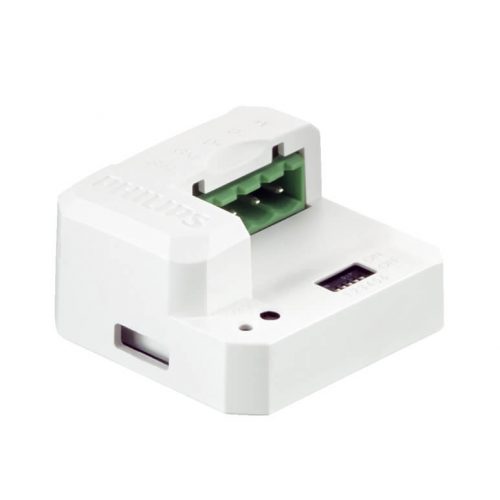
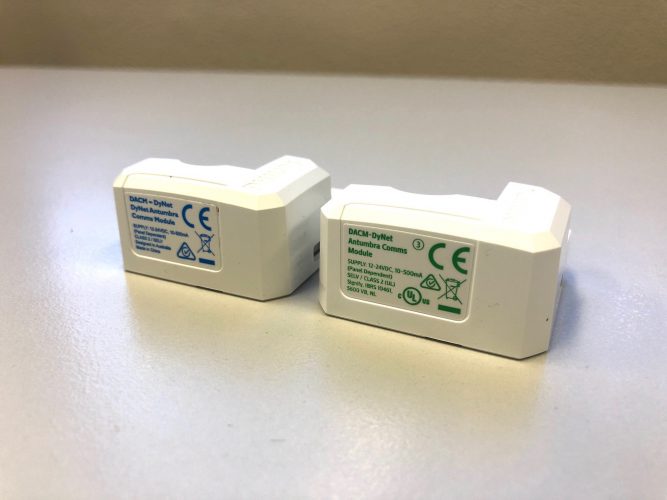
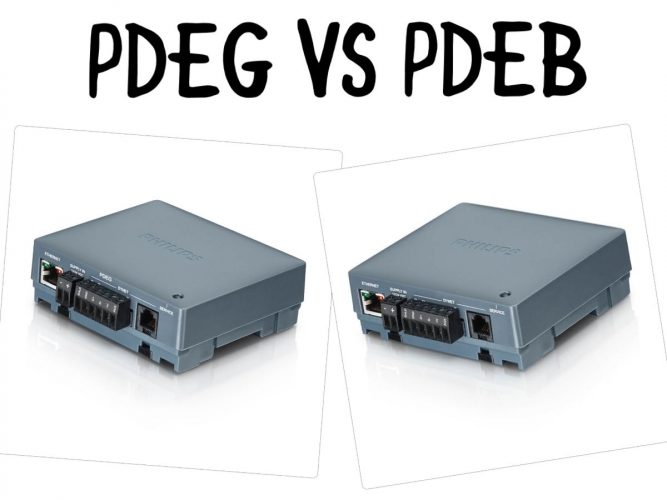
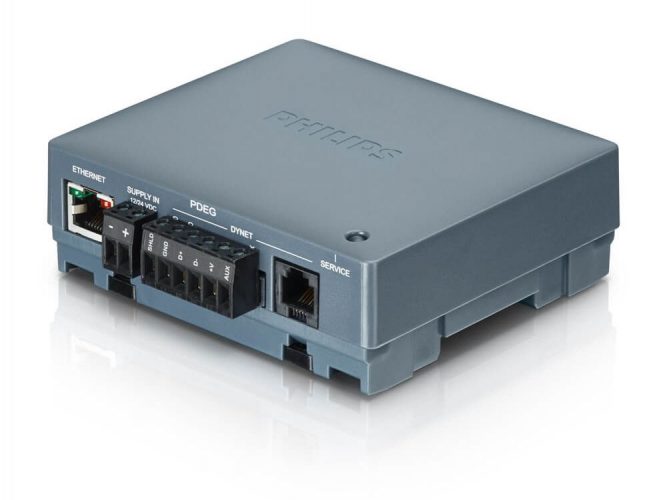
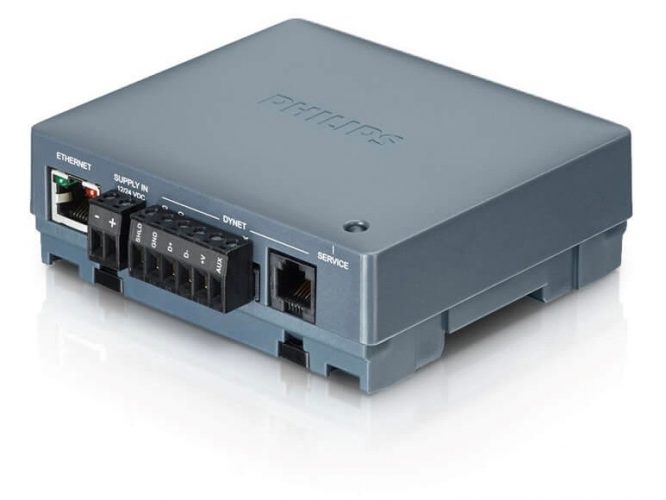
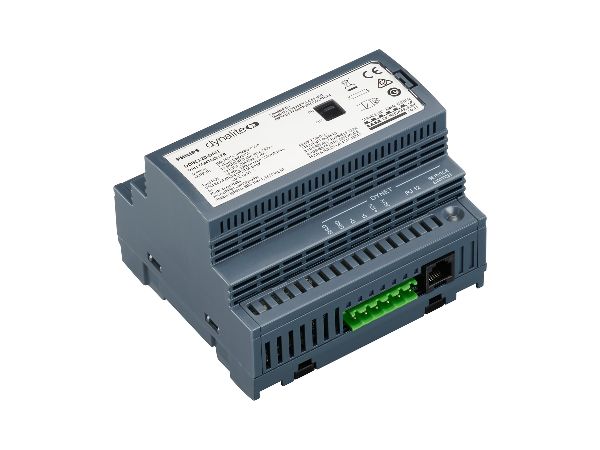
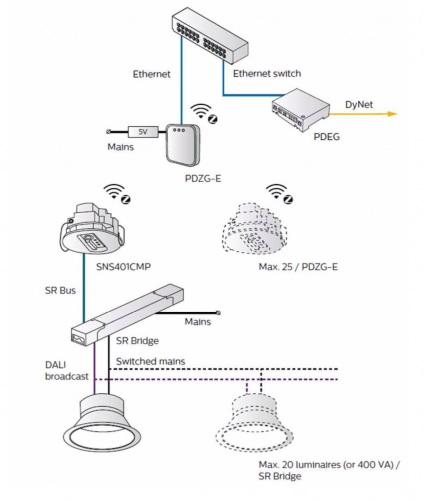





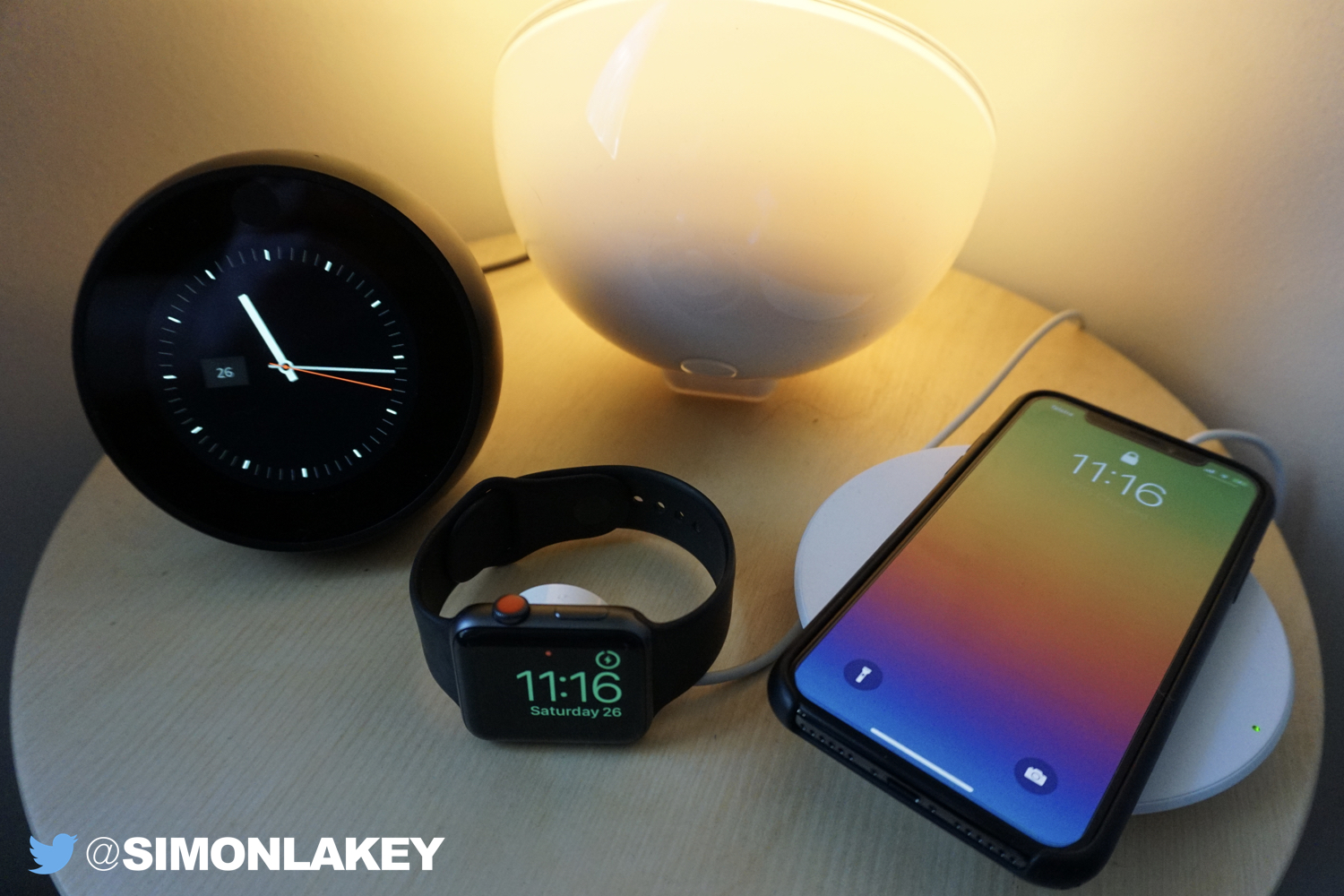 My nightstand provides the right amount of technology to allow me to settle in for the night, go to sleep, and wake up in the morning.
My nightstand provides the right amount of technology to allow me to settle in for the night, go to sleep, and wake up in the morning.
